
Marius Ivanovich Petipa, born Victor Marius Alphonse Petipa, was a French ballet dancer, pedagogue and choreographer. Petipa is one of the most influential ballet masters and choreographers in ballet history.
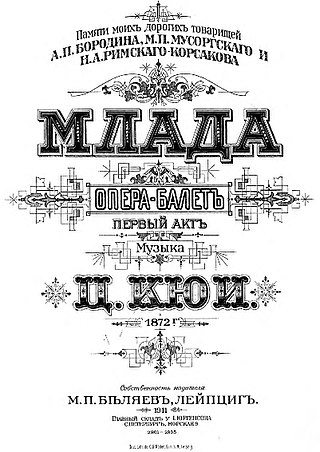
Mlada was a project conceived in 1870 by Stepan Gedeonov (1816–1878), director of the Saint Petersburg Imperial Theatres, originally envisioned as a ballet to be composed by Aleksandr Serov with choreography by Marius Petipa.
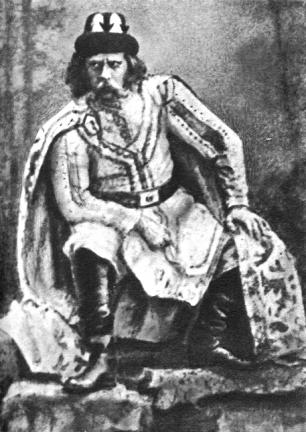
Mlada is an opera-ballet in four acts, composed between 1889 and 1890 by Nikolai Rimsky-Korsakov, to a libretto by Viktor Krylov that was originally employed for an aborted project of the same name from 1872.
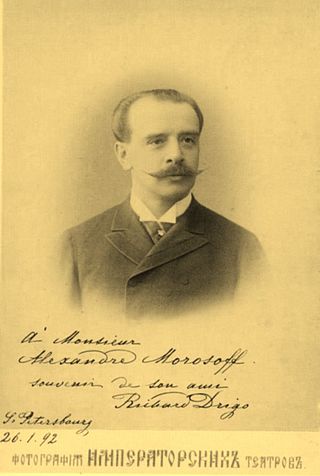
Riccardo Eugenio Drigo was an Italian composer of ballet music and Italian opera, a theatrical conductor, and a pianist.
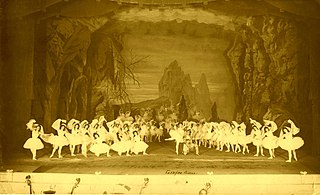
La Bayadère is a ballet, originally staged in four acts and seven tableaux by French choreographer Marius Petipa to the music of Ludwig Minkus. The ballet was staged especially for the benefit performance of the Russian Prima ballerina Ekaterina Vazem, who created the principal role of Nikiya. La Bayadère was first presented by the Imperial Ballet at the Imperial Bolshoi Kamenny Theatre in St. Petersburg, Russia, on 4 February [O.S. 23 January] 1877. From the first performance the ballet was universally hailed by contemporary critics as one of the choreographer Petipa's supreme masterpieces, particularly the scene from the ballet known as The Kingdom of the Shades, which became one of the most celebrated pieces in all of classical ballet. By the turn of the 20th century, The Kingdom of the Shades scene was regularly extracted from the full-length work as an independent showpiece, and it has remained so to the present day.
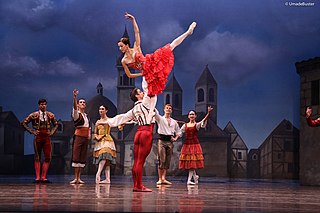
Don Quixote is a ballet in three acts, based on episodes taken from the famous novel Don Quixote de la Mancha by Miguel de Cervantes. It was originally choreographed by Marius Petipa to the music of Ludwig Minkus and first presented by Moscow's Bolshoi Ballet on 26 December [O.S. 14 December] 1869. Petipa and Minkus revised the ballet into a more elaborate and expansive version in five acts and eleven scenes for the Mariinsky Ballet, first presented on 21 November [O.S. 9 November] 1871 at the Imperial Bolshoi Kamenny Theatre of St. Petersburg.
Paquita is a ballet in two acts and three scenes originally choreographed by Joseph Mazilier to music by Édouard Deldevez and Ludwig Minkus. Paul Foucher received royalties as librettist.

Fiametta or Fiammetta, is a ballet in four acts and four scenes, choreographed by Arthur Saint-Léon to music by Ludwig Minkus, first presented by the Ballet of the Moscow Imperial Bolshoi Theatre on November 12–24, 1863 at the Moscow Imperial Bolshoi Theatre, Moscow, Russia, with Anna Sobeshchanskaya as Fiametta.
Camargo is a grand ballet in three acts and nine scenes, with choreography by Marius Petipa and music by Ludwig Minkus. The libretto by Jules-Henri Vernoy de Saint-Georges and Marius Petipa is based on an incident in the life of the 18th-century dancer Marie Camargo, in which she and her sister Madeleine were abducted by the Comte de Melun in May 1728 and taken to his mansion.

The Sacrifices to Cupid is a "grand ballet" in 1 Act/1 scene with choreography by Marius Petipa and music by Ludwig Minkus.
Frizak the Barber is a comic ballet in one act, with choreography by Marius Petipa and music adapted by Ludwig Minkus from themes derived from Italian opera.
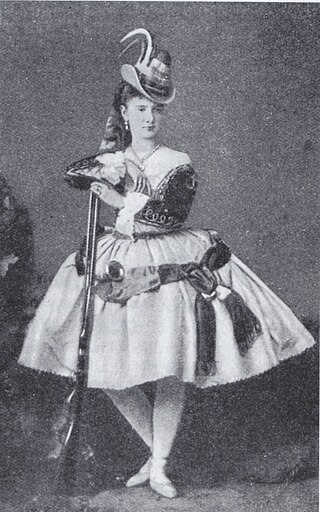
The Bandits is a grand ballet in two acts and five scenes with prologue, choreographed by Marius Petipa to music by Léon Minkus. The libretto by Marius Petipa is based on Miguel de Cervantes' novella La gitanilla.
The Daughter of the Snows is a ballet in three acts and five scenes, with choreography by Marius Petipa and music by Ludwig Minkus. The libretto by Marius Petipa is based on the play The Snow Maiden by Alexander Ostrovsky, inspired by a Russian folk fairy tale about Snegurochka from the folklore collection by Alexander Afanasyev.
Zoraiya, the Moorish Girl in Spain is a grand ballet in 4 acts/7 scenes, with choreography by Marius Petipa and music by Ludwig Minkus.

The Magic Pills is a ballet-féerie in 3 acts/13 scenes, with choreography by Marius Petipa and music by Ludwig Minkus.
Kalkabrino is a ballet in three acts and three scenes, with choreography by Marius Petipa and music by Léon Minkus.

Le Diable à quatre is a ballet in two acts and three scenes, with choreography by Joseph Mazilier, music by Adolphe Adam, and libretto by Adolphe de Leuven, first presented by the Ballet of the Académie Royale de Musique on 11 August 1845, with Carlotta Grisi and Lucien Petipa.
The Little Humpbacked Horse, or The Tsar Maiden is a ballet in four acts and eight scenes with apotheosis.

Ludwig Minkus, also known as Léon Fyodorovich Minkus, was an Austrian composer of ballet music, a violin virtuoso and teacher.
Les Aventures de Pélée is a ballet in three acts and five scenes with choreography by Marius Petipa and music by Ludwig Minkus, with additional music adapted from works by Léo Delibes. The libretto by Marius Petipa is derived from the Greek Myth concerning the Goddess Thetis and the circumstances surrounding her marriage, arranged by Jupiter, to the mortal Peleus.











